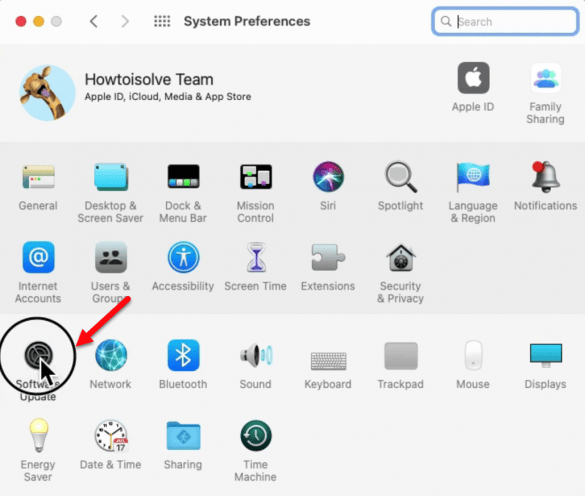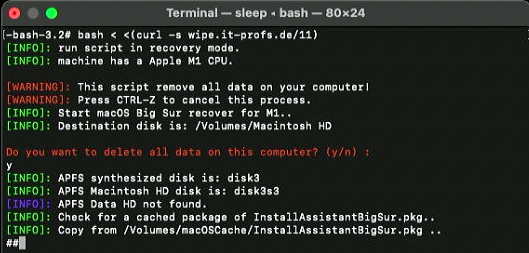
Downgrade macos big sur install#
We can make use of the HomeBrew and install VSCode and the accompanying code CLI command in one shot with: brew install -cask visual-studio-code
Downgrade macos big sur mac#
It's available on Mac, Windows, and Linux, but right now we only care about the mac version. So please install the amazingly versatile yet, 100% free, Visual Studio Code. The better solution is to simply install a better editor. However, this is not what I use myself as it's a terrible editor and when testing my guide for Ventura, I kept running into problems with encoding, finding line numbers etc.

In past guides, I've always provided instructions to edit files using the default TextEdit application that comes pre-installed. You can watch the Apache error log in a new Terminal tab/window during a restart to see if anything is invalid or causing a problem: tail -f /opt/homebrew/var/log/httpd/error_logĪpache is controlled via the brew services command so some useful commands to use are: brew services stop httpdīrew services restart httpd Visual Studio Code Try to restart Apache with: brew services restart httpd You should see a few httpd processes if Apache is up and running.

If you get a message that the browser can't connect to the server, first check to ensure the server is up. It should already be running, so you can try to reach your server in a browser by pointing it at you should see a simple header that says "It works!". You now have installed Homebrew's Apache, and configured it to auto-start with a privileged account. Now we just need to configure things so that our new Apache server is auto-started brew services start httpd Upon completion you should see a message like: 🍺 /opt/homebrew/Cellar/httpd/2.4.54_1: 1,662 files, 31.9MB Without options, httpd won't need to be built from source, so it installs pretty quickly. Now we need to install the new version provided by Brew: brew install httpd Sudo launchctl unload -w /System/Library/LaunchDaemons/ 2>/dev/null It really doesn't hurt to just run all these commands in order - even if it's a fresh installation: sudo apachectl stop If you already have the built-in Apache running, it will need to be shutdown first, and any auto-loading scripts removed. However, the solution is to install Apache 2.4 via Homebrew and then configure it to run on the standard ports (80/443). The latest macOS 13.0 Ventura comes with Apache 2.4 pre-installed, however, it is no longer a simple task to use this version with Homebrew because Apple has removed some required scripts in this release. To make things easier, please simply run this now: brew install openssl Apache Installation When installing fresh on Ventura, I ran into a few libraries that were missing when completing all the steps below. It will instruct you if you need to correct anything. You should probably also run the following command to ensure everything is configured correctly: brew doctor Homebrew/homebrew-core (git revision 25888e29aac last commit ) Now you can test your installation to ensure you have installed brew correctly, simply type: brew -version Homebrew 3.6.16 zshrc: eval "$(/opt/homebrew/bin/brew shellenv)" If this is a fresh install and you don't have your path setup properly, you can follow the installation "next steps" which are already customized for you, or you can manually add the following paths to your.

Downgrade macos big sur password#
Just follow the terminal prompts and enter your password where required. This is a simple process, but you need to launch your Terminal ( /Applications/Utilities/Terminal) application and then enter: /bin/bash -c "$(curl -fsSL )" Using the brew command you can easily add powerful functionality to your mac, but first we have to install it.

This process relies heavily on the macOS package manager called Homebrew. If you don't already have XCode installed, it's best to first install the command line tools as these will be used by homebrew: xcode-select -install Homebrew Installation If you are a beginner developer, you will be better served using MAMP or MAMP Pro. This guide is intended for experienced web developers.


 0 kommentar(er)
0 kommentar(er)
